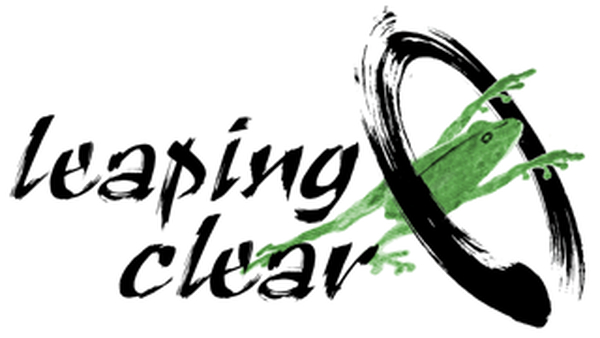On April 22, 2017, Earth Day celebrations will take place in 193 countries, www.earthday.org. I find it encouraging that this recognition of our planetary environment now includes so many celebrations. The concept of Earth Day began with the intentions and actions of a few individuals just over four decades ago.
The several founders—scientists, teachers and professors, citizen activists, and politicians—were clear that this day was to include all species. No matter how large or small, including those invisible to unaided human eyes. Wherever the species were found: on, under, or above the earth. All the earth’s systems: the biosphere of the surface, the waters, and the atmosphere.
